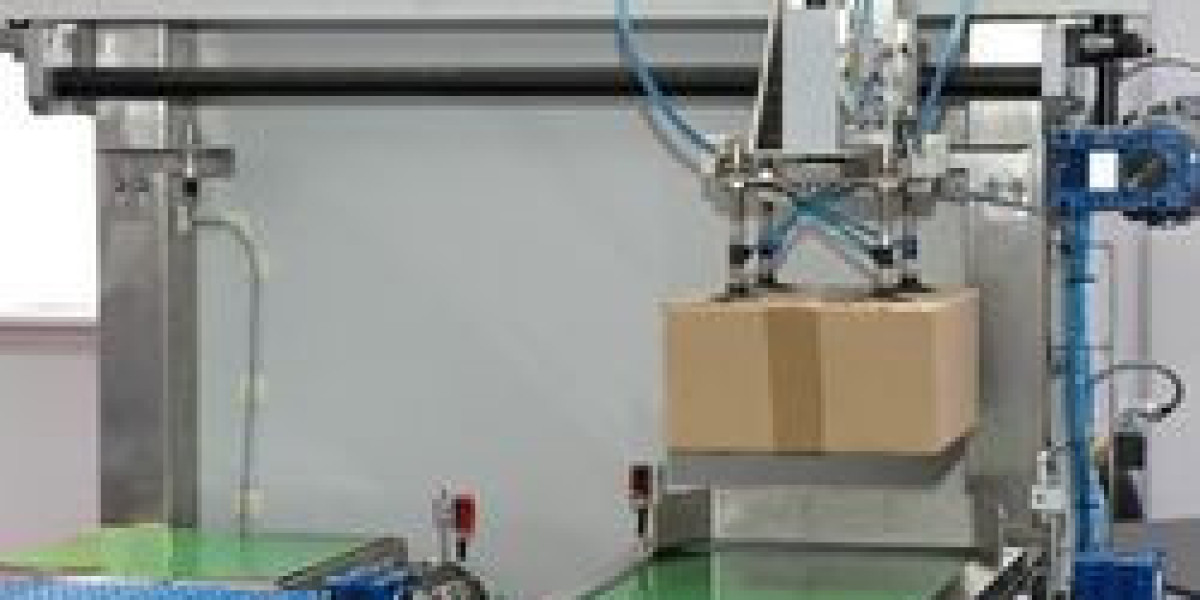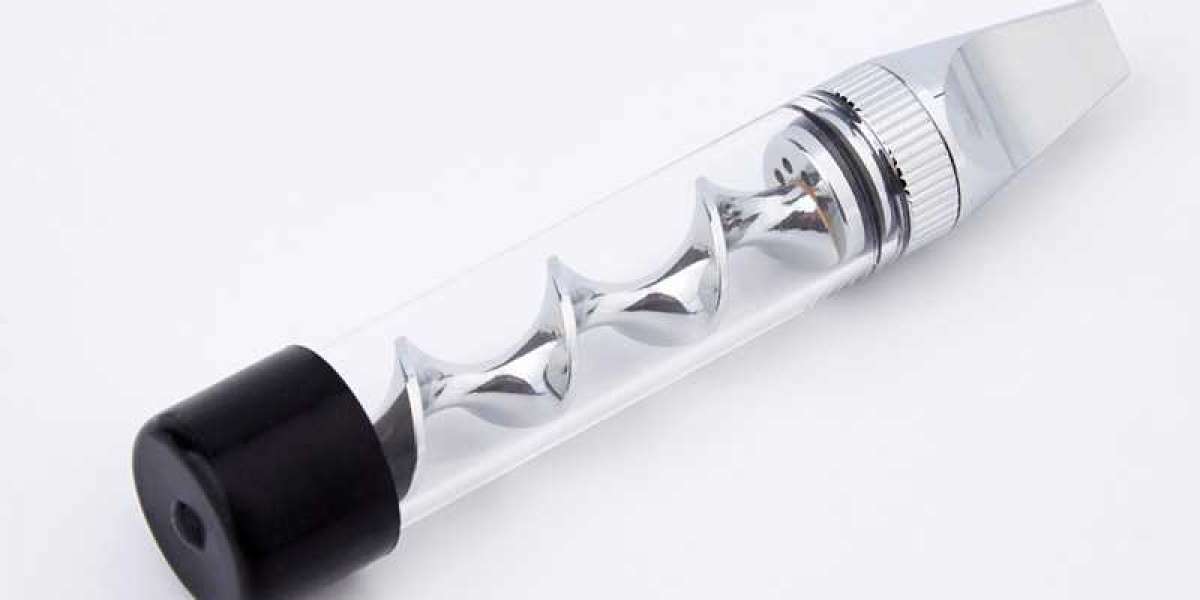A Central Processing Unit (CPU) is a fundamental component of a computer system that serves as the "brain" or "heart" of the machine.
It is an intricate piece of hardware responsible for executing instructions and performing calculations necessary for a computer to function effectively.
In essence, the CPU interprets and carries out a series of instructions, enabling the computer to perform a wide range of tasks, from basic arithmetic calculations to complex data manipulations and running software applications.
At its core, the CPU is composed of multiple processing units, including the Arithmetic Logic Unit (ALU) and the Control Unit. The ALU handles arithmetic and logical operations, such as addition, subtraction, multiplication, and comparisons.
The Control Unit, on the other hand, manages the flow of data between various components of the computer and coordinates the execution of instructions.
These two units work in tandem to ensure the smooth operation of the CPU.
Modern CPUs are designed to operate at high speeds and with remarkable efficiency, capable of executing billions of instructions per second.
This performance is achieved through various advancements in technology, including the integration of multiple cores within a single CPU chip.
Each core functions as an independent processing unit, allowing the CPU to execute multiple tasks simultaneously, a concept known as parallel processing.
This feature significantly enhances the computer's ability to multitask and handle resource-intensive applications, such as video editing or gaming.
The CPU interacts closely with other vital components of a computer system, such as memory, storage, and input/output devices. When a program or application is launched, the CPU retrieves instructions and data from the system's memory, processes them through the ALU, and then stores the results back into memory or sends them to output devices like displays or printers.
This intricate choreography of data movement is orchestrated by the Control Unit, which ensures that each instruction is executed in the correct sequence and at the appropriate time.
To facilitate the communication between the CPU and other components, CPUs utilize buses – pathways through which data travels within the computer system.
The system bus connects the CPU to memory, while the peripheral bus connects the CPU to input/output devices and external peripherals.
These buses operate at specific clock speeds, determining how fast data can be transferred between components.
The capabilities of a CPU are greatly influenced by its architecture, clock speed, and cache memory. The architecture defines how the CPU processes instructions and handles data, while the clock speed measures how many cycles the CPU can perform in a second.
Cache memory acts as a high-speed buffer between the CPU and the slower main memory, storing frequently accessed instructions and data to reduce data retrieval times and improve overall performance.
In conclusion, the CPU is the heart of a computer system, responsible for executing instructions, performing calculations, and coordinating the various components of the system.
Through the collaboration of its ALU, Control Unit, and other architectural features, the CPU enables the computer to carry out a wide array of tasks with remarkable speed and efficiency.
The continuous advancement of CPU technology has led to increasingly powerful and capable processors, driving innovation and pushing the boundaries of what computers can achieve.



